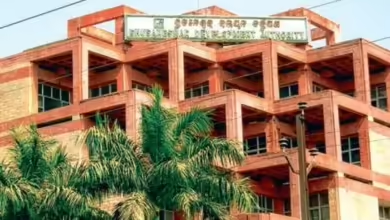Kerala Blast Probe Identifies ‘Sutli’ Bomb Usage As Death Toll Approaches 3
The homemade bomb at Kalamassery for the explosion in the Ernakulam district of Kerala was made using low-grade explosive from firecrackers and around 7-8 liters of gasoline, according to the findings.
According to forensic specialists’ study, the device was detonated using a radio frequency system, namely a cell phone, and Dominic Martin, the self-confessed agent, had to be within 400–500 meters of it.
The National Investigation Agency (NIA) and Kerala Police investigators have been informed of the findings, according to HT.
It was a “sutli” bomb, put together with gasoline and firecracker explosives to create an incendiary device that would set the convention center on fire with the intention of causing the most damage possible. According to the article, a counterterrorism officer said that Martin had to make the call in order to complete the electric charge and activate the IED (improvised explosive device). A mobile phone call served as a radio-frequency trigger mechanism, although the range of such devices is often short.
The explosion occurred on Sunday at the Zamra International Convention and Exhibition Centre in Kalamassery, near Kochi, and has so far claimed the lives of three individuals, including a 12-year-old girl. The explosion happened on the last day of the Jehovah’s Witnesses’ three-day zonal conference. The group is a Christian organization with a few hundred thousand members in Kerala.
Martin turned himself in to the authorities, confessing culpability for the bombing and denouncing the sect’s doctrine as “anti-national and seditious.”
According to a source citing an official, Martin most likely learned how to manufacture the “sutli” bomb from the internet, which is replete with videos showing how to fabricate such rudimentary devices.
During celebrations and festivities, “sutli” bombs, also known as string bombs, are common in India and are the simplest way to get explosives. The federal anti-terror agency discovered a module in 2018 that was inspired by the terrorist organization ISIS, which has







